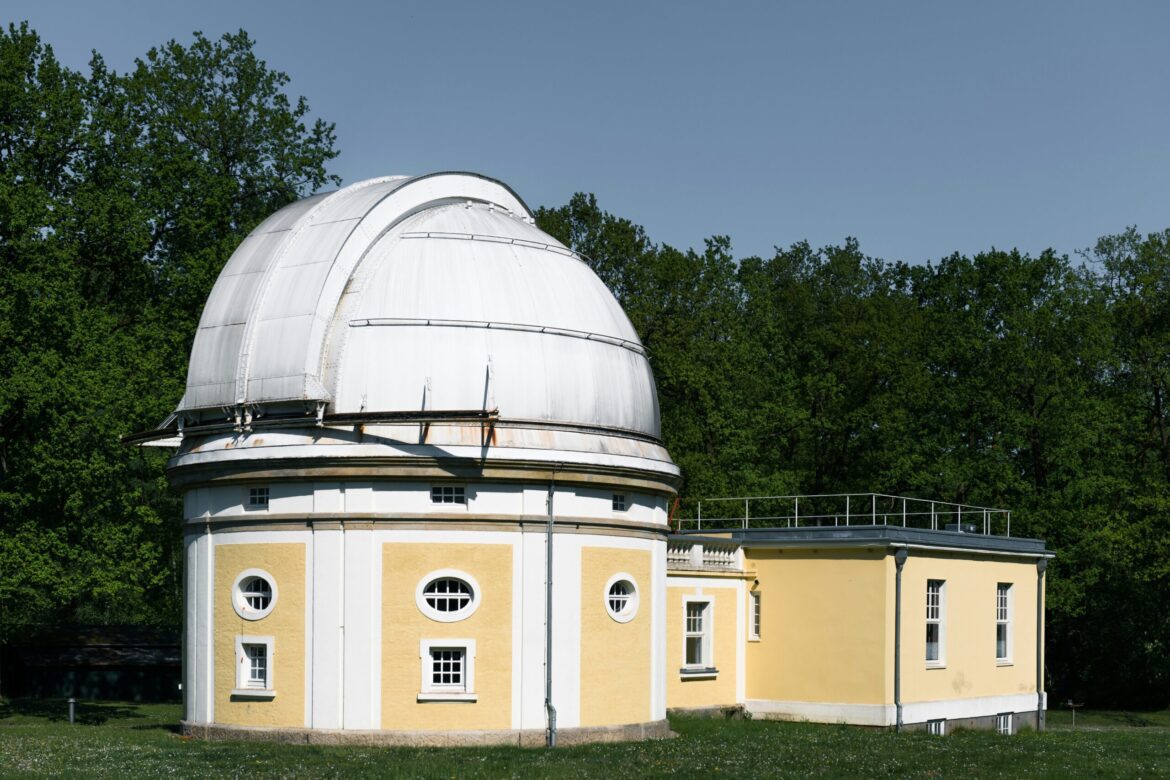Transforming Our Understanding of the Cosmos
The Vera C. Rubin Observatory, situated in Chile, is poised to usher in a new era in the field of astronomy with the launch of the largest digital camera ever constructed for space observation. This ambitious project aims to reshape our understanding of the universe, with its cutting-edge technology enabling detailed and comprehensive observations of the southern sky. Over the next decade, the observatory will conduct an ongoing survey, capturing high-resolution images that promise to provide groundbreaking insights into the mysteries of the cosmos.
Exploring Dark Matter and Asteroids
One of the key objectives of the Vera C. Rubin Observatory is to study dark matter, one of the most elusive and enigmatic components of the universe. Dark matter, which makes up approximately 27% of the universe’s mass, cannot be observed directly but is inferred by its gravitational effects on visible matter. By scanning the sky in unprecedented detail, the observatory will help scientists better understand the distribution and properties of dark matter, offering new clues to one of the biggest unsolved puzzles in physics.
In addition to studying dark matter, the observatory will also track asteroids, contributing to efforts aimed at planetary defense. With its powerful imaging capabilities, the Vera C. Rubin Observatory will monitor the paths of asteroids and other near-Earth objects, providing valuable data to predict potential impacts and enhance safety measures. This research is vital for understanding the risks posed by these objects and developing strategies to protect Earth from potential collisions.
The Power of the Largest Digital Camera in Space
At the heart of the observatory’s capabilities is its revolutionary digital camera, which is the largest ever built for space-based astronomy. This state-of-the-art instrument features an array of sensors that capture images in a wide range of wavelengths, enabling detailed observations of distant celestial bodies and phenomena. With its immense capacity and high sensitivity, the camera will be able to detect faint objects in the universe, from distant galaxies to faint stars, providing a wealth of data for astronomers around the globe.
The data collected by the Vera C. Rubin Observatory will be invaluable for future research, as scientists will be able to track changes in the sky over time, study cosmic events, and even discover new celestial objects. The observatory is set to play a crucial role in advancing our understanding of astrophysics, helping researchers answer some of the most profound questions about the nature of the universe.
A New Frontier in Astronomical Research
As the Vera C. Rubin Observatory begins its decade-long survey of the southern sky, it is expected to make a lasting impact on the field of astronomy. With its groundbreaking technology and ambitious goals, the observatory will help propel humanity into a new era of cosmic discovery. As we venture further into the universe, the Vera C. Rubin Observatory will serve as a key tool in unlocking the mysteries of dark matter, asteroids, and the vast, unexplored depths of space.

